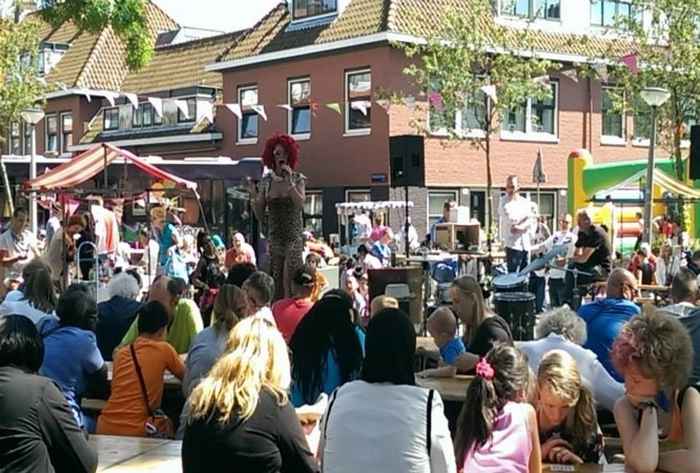‘Opening-up neighborhoods’: the art of urban regeneration - by Linda van de Kamp
A long-term effort by the Dutch government has been to pursue an ambitious policy of ‘social mixing’ in various ‘disadvantaged’ former working class neighborhoods in different cities in the Netherlands. Government agencies, welfare organizations and housing corporations have been organizing and subsidizing activities in these neighborhoods aiming at regeneration, social mixing, and community building.
